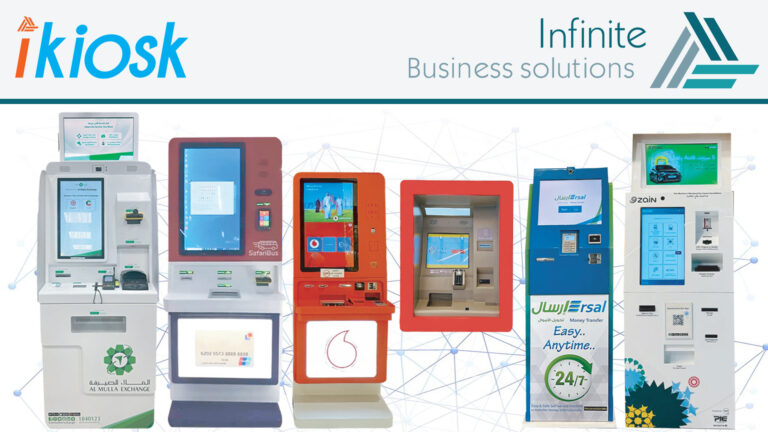A Remote SME Business Banking Guide for Entrepreneurs Who Travel Often
Now that the global economy has reached new heights, the business travel industry is starting to boom as well. It’s not just executives from big conglomerates who are doing the traveling, either. Small- and medium-sized enterprise (SME) owners are also traveling more frequently for site visits, business deal negotiations, and working vacations. The growth of remote banking alongside affordable travel has empowered entrepreneurs to travel more frequently, with the full knowledge that they can still have control over their business’s finances.
In the Philippines, the expansion of remote banking services has given SMEs new levels of convenience, flexibility, and efficiency. Popular SME business banking solutions like those of Maya Bank will make it possible to access your bank accounts, transfer funds, and manage transactions 24/7 from anywhere with an internet connection.
The features that come with new banking applications also greatly streamline financial management, reducing the need for physical paperwork and in-person bank visits. These benefits combine to give you the flexibility to handle unexpected challenges and opportunities on the go, ensuring your business operations continue uninterrupted when you’re on the road.
To maximize these travel and financial management opportunities, it helps to follow a few best practices. Here are some tips to effectively navigate today’s remote banking services if you soon expect to live the life of a traveling entrepreneur:
1) Choose an SME-Focused Bank
Though most banks now have the means to facilitate remote banking services, not all of them have SME entrepreneurs in mind. A bank’s focus can make a big impact on the kind of service you can expect, so it helps to choose a financial institution that has a good track record with smaller businesses.
Look for features such as SME-oriented mobile banking apps, dedicated relationship managers who understand SMEs, flexible cash management, and integration with popular SME business systems. All of these can contribute to your evolving remote management practices.
2) Learn and Utilize Your Bank’s Mobile Apps
It’s not enough to just have an account at an SME-focused bank. It’s important to maximize the resources your bank offers. Take the time to explore your bank’s mobile banking apps so that you can easily check account balances, transfer funds, and monitor transactions without having to struggle through the process—especially when you’re traveling. Bank app interfaces can differ widely from each other, so you may want to pick a bank with a more intuitive app, provided that the app has sufficiently dependable security features.
3) Automate Recurring Transactions
Even if you can facilitate payments when traveling, there are some payments that you should probably automate. Payments for payrolls, insurance premiums, utility bills, and suppliers are all relatively stable and are great candidates for automation.
Fortunately, your SME banking app probably already lets you automate key payments with just a few taps on your mobile phone. Automate these transactions so that you never miss a payment and have more time to accomplish your critical business trip goals.
4) Set Up Your Business’s Online Payments
Aside from ensuring your employees and suppliers are paid, you should also guarantee that your business gets paid without any hitches. For the smoothest experience, choose an SME bank that offers simple-to-integrate online payment solutions like Maya Business. A platform like Maya’s will enable your business to receive payments from customers seamlessly, even while you’re away.
5) Communicate with Your Bank
Before traveling abroad, get in touch with your relationship manager or your bank’s SME support team. This may keep your bank from automatically flagging your transactions, as new overseas transactions can often set off anti-fraud mechanisms if you haven’t had a history of international travel. Your bank’s support team can also offer tailored recommendations on remote banking solutions that may benefit your business.
6) Integrate Your Bank App with Accounting Software
Ditch your ad-hoc Excel spreadsheets and adopt popular cloud-based accounting software designed for the Philippine SME market. Tools like JuanTax or Taxumo allow you to manage your finances, follow tax requirements, and track expenses from any location with internet access. Make sure that your preferred accounting solution supports your banking app.
7) Keep Your Account and Devices Safe from Cyberattacks
Data security can be more challenging when you travel because of “man-in-the-middle” attacks. For that reason, you should update your banking apps so that they have the latest security features. Be sure to enable multi-factor authentication and encryption to prevent malicious parties from easily accessing your data. Be especially cautious of public Wi-Fi networks, and consider using a virtual private network (VPN) for more secure connections.
8) Monitor Your Account’s Transactions Regularly
If you’re on an extended trip, make it a point to review your bank statements and transaction history to promptly detect any unauthorized activities. Talk to your bank representative about setting up alerts for large transactions and unusual activities.
9) Plan for Currency Fluctuations
Lastly, if your business deals with international clients or suppliers, you have to be mindful of currency exchange rates. Use online tools to monitor rates and consider setting up a multi-currency account to manage frequent foreign transactions more efficiently.
Embrace Personal and Entrepreneurial Freedom with Better Remote Banking for SMEs
These are exciting times for Philippine entrepreneurs since they are no longer chained to any single location, freeing them to seek new opportunities or a better work-life balance outside of their work premises. Checking your available banking options and taking the time to make the most out of them should set you on a path to an efficient and secure mobile entrepreneurial lifestyle.























